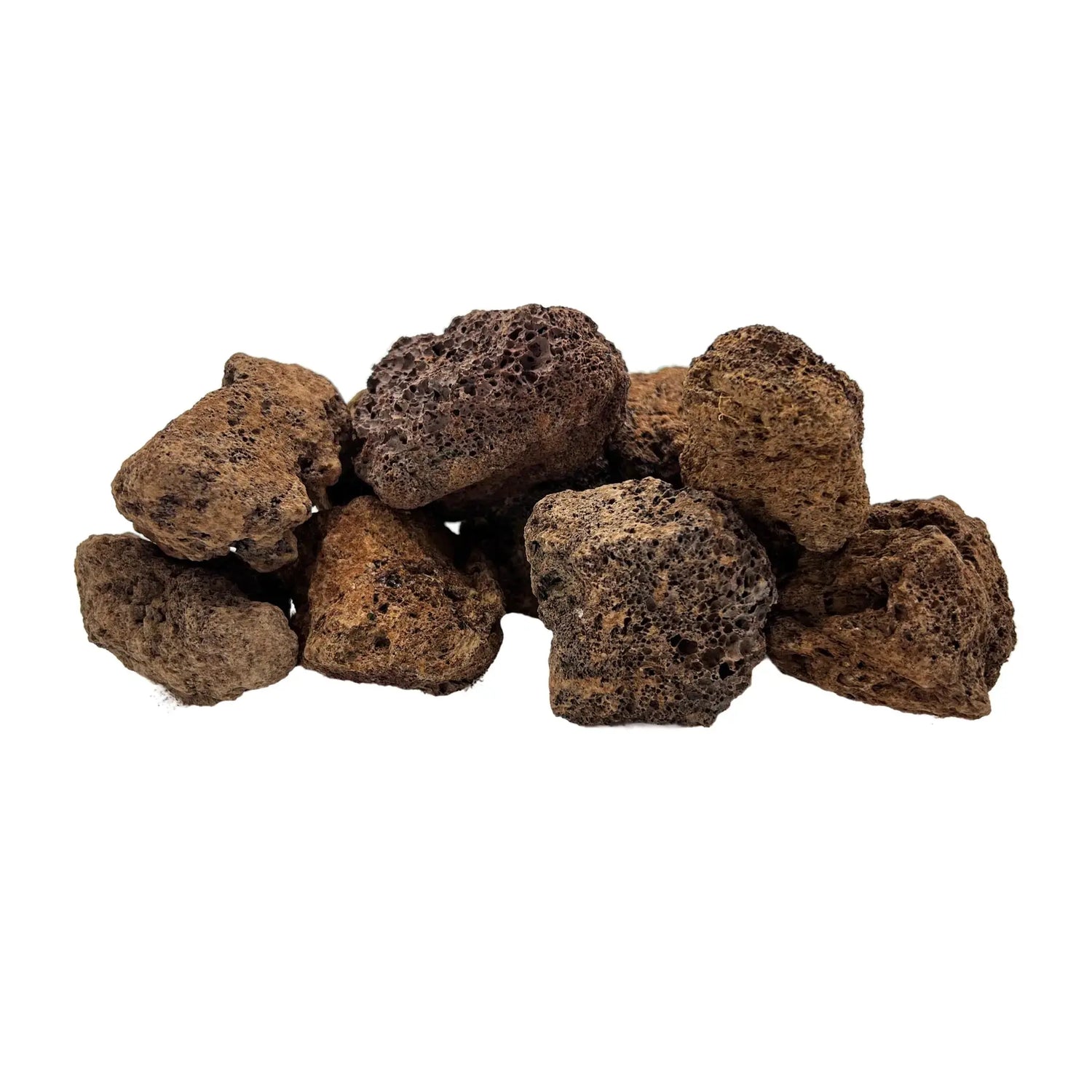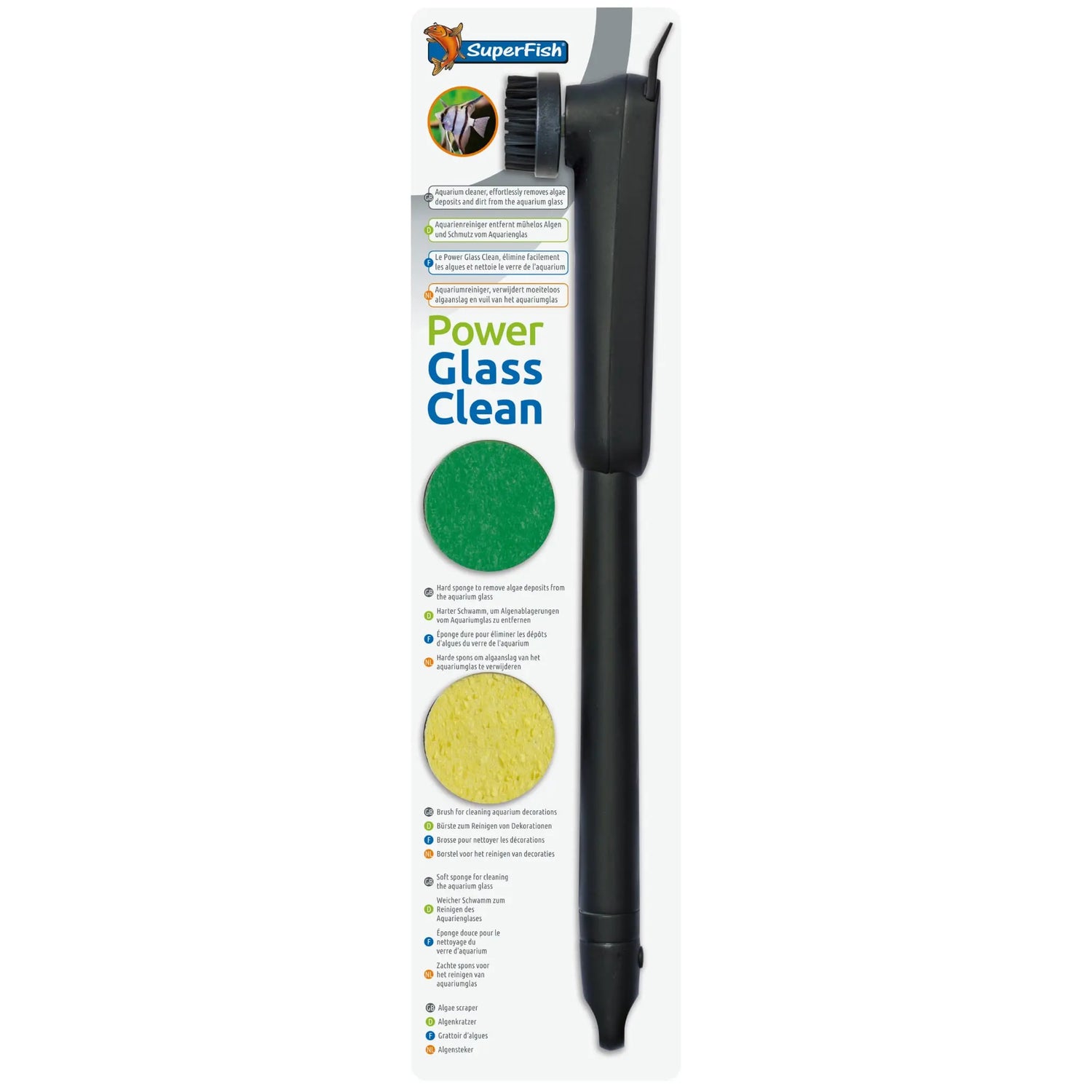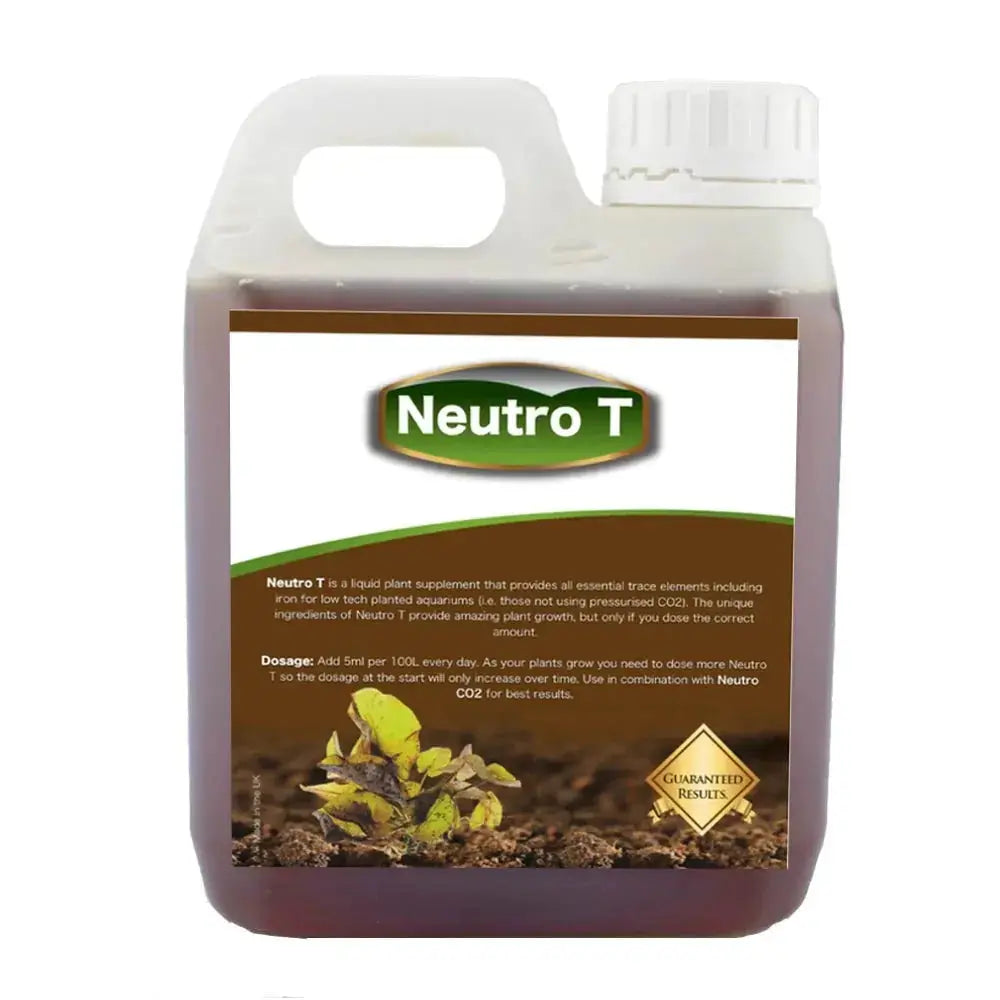In the 15 or so years that I have been involved in keeping planted aquariums, filtration ideas have only very recently changed. The common perception was filtration must be slow, maybe twice the turnover of the tank water per hour. The thinking behind this was that in the wild, water movement was relatively slow and as we are trying to replicate this in an aquarium, turnover in the tank must also be slow and consistent. Only in the last few years has this changed but it must be stressed that the new thinking comes from the high tech approach to planted aquariums where they use CO2 in order to push plant growth forward rapidly.
So what should your turnover be and what sort of filtration should be used? With beginners to this hobby, the best option is to buy the largest filter you can afford (but not so large it looks out of place). Bigger filters are able to clean your water better, they require less maintenance and you can choose which media you decide to place in them, but tank size must be a consideration. Filter flow rate should be a minimum of twice the turnover for a non CO2 tank. So if your tank is 100L, your filter must turnover a minimum of 200L per hour, but preferably 400L per hour. In a high tech planted aquarium you need to consider a filter that can turn over 10 times its volume. So using the 100L aquarium example, the type of filter you need to consider is one that turns over 1000L per hour - as you can imagine this will limit your choice and lead you towards the largest and latest Eheim filters.
There are two main types of filters available to hobbyists: Internal and External. Internal filters are inexpensive, simple and effective but are generally geared towards smaller aquariums. When maintaining them they can be a little messy when you remove them from your tank for cleaning. Internal filters sit on the inside of your aquarium and come in a variety of different sizes. They range from the very small (max tank size 20L) up to versions suitable for 200L tanks. However they do take up space in any tank, often hold little media (just sponges on smaller types) and can be a little unsightly. Prices range from £10 and up so can be great if you’re looking for a cheaper start up - have a look at our Superfish Internal Filter range. In recent months manufacturers are investing more technology into these filters, some have built in heaters and others are able to store larger amounts of media which helps to improve water quality, but unfortunately this also means they become bigger which means less aquarium space.
Externals filters are what I recommend - the less equipment that is visible in your tank the better (the focus then remains on your aquascape). External filters are simple to set up, easy to maintain and you can run an external on most tanks regardless of their size - modern brands have flow adjusters so you can set the output speed to whatever you want. These filters are more expensive than internal filters but well worth it. The most popular brand of external filters are Eheim. They have been the market leader for over 20 years, are reliable and have great functions particular the latest models which have electronic controls and notify you when it needs maintaining. Some also have built in heaters which is ideal for keeping more equipment out of the tank. The typical route for newcomers to this hobby is to start with an internal filter and then move onto an external filter. This was the route I went down and is a gradual introduction to the hobby but if you can afford it, consider buying an external filter from the beginning - you won’t regret it.






